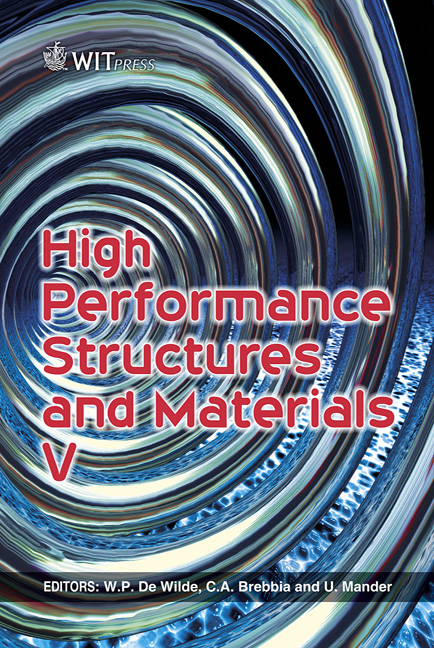Microstructure And Mechanical Properties Of Cold Extruded, Cellular TRIP-matrix Composite Structures Under Quasi-static And Dynamic Compression
Price
Free (open access)
Transaction
Volume
112
Pages
11
Page Range
39 - 49
Published
2010
Size
5116 kb
Paper DOI
10.2495/HPSM100041
Copyright
WIT Press
Author(s)
L. Krüger, D. Ehinger, U. Martin, S. Martin, C. Weigelt & C. G. Aneziris
Abstract
Novel composites based on austenitic stainless TRIP steel AISI 304 as a matrix with reinforcements of MgO partially stabilized zirconia (Mg-PSZ) were developed. The presented honeycomb materials were produced by a modified ceramic extrusion technology that is composed of mixing precursor powders with binders, paste preparation and plastic molding, finally debinding and sintering. After processing, sintered products have a global density in the range of 2.7 to 3.0 g cm-3 and a wall thickness of 260 μm. These square-celled honeycomb samples are characterized by optical and scanning electron microscopy before and after quasi-static or dynamic compressive deformation, indicating a noticeable deformation-induced martensite formation. The mechanical properties of samples with up to 10% Mg-PSZ are compared with zirconia-free samples in terms of compression tests at strain rates in the range of 10-3 to 102 s-1. The honeycomb composite materials exhibit an increased work hardening and also extraordinary high specific energy absorption per unit mass and unit volume, respectively. According to improved property-weight-ratio and excellent crashworthiness, such filigree cellular structures can be beneficial as
Keywords
honeycomb, composite, out-of-plane compression, energy absorption





